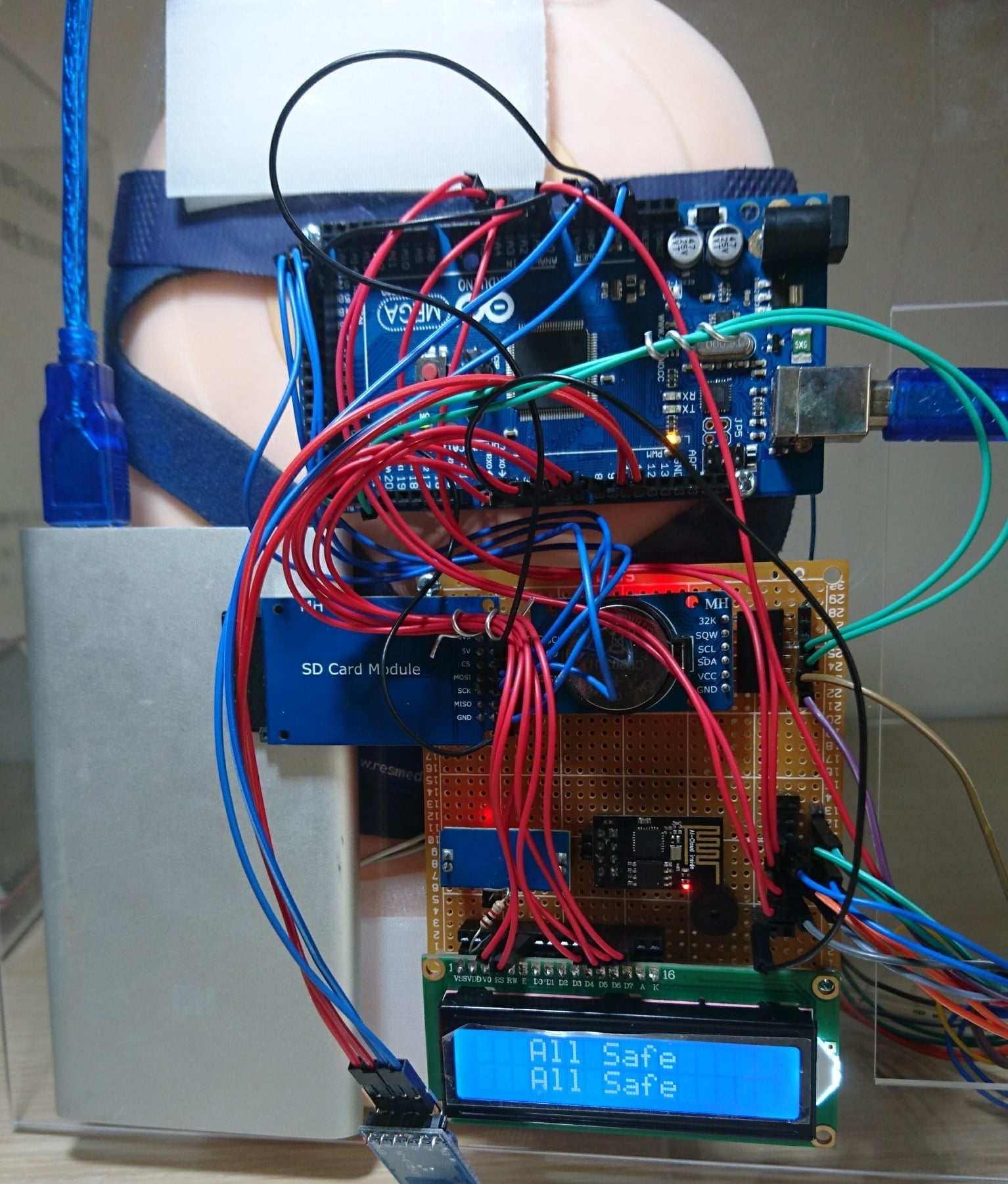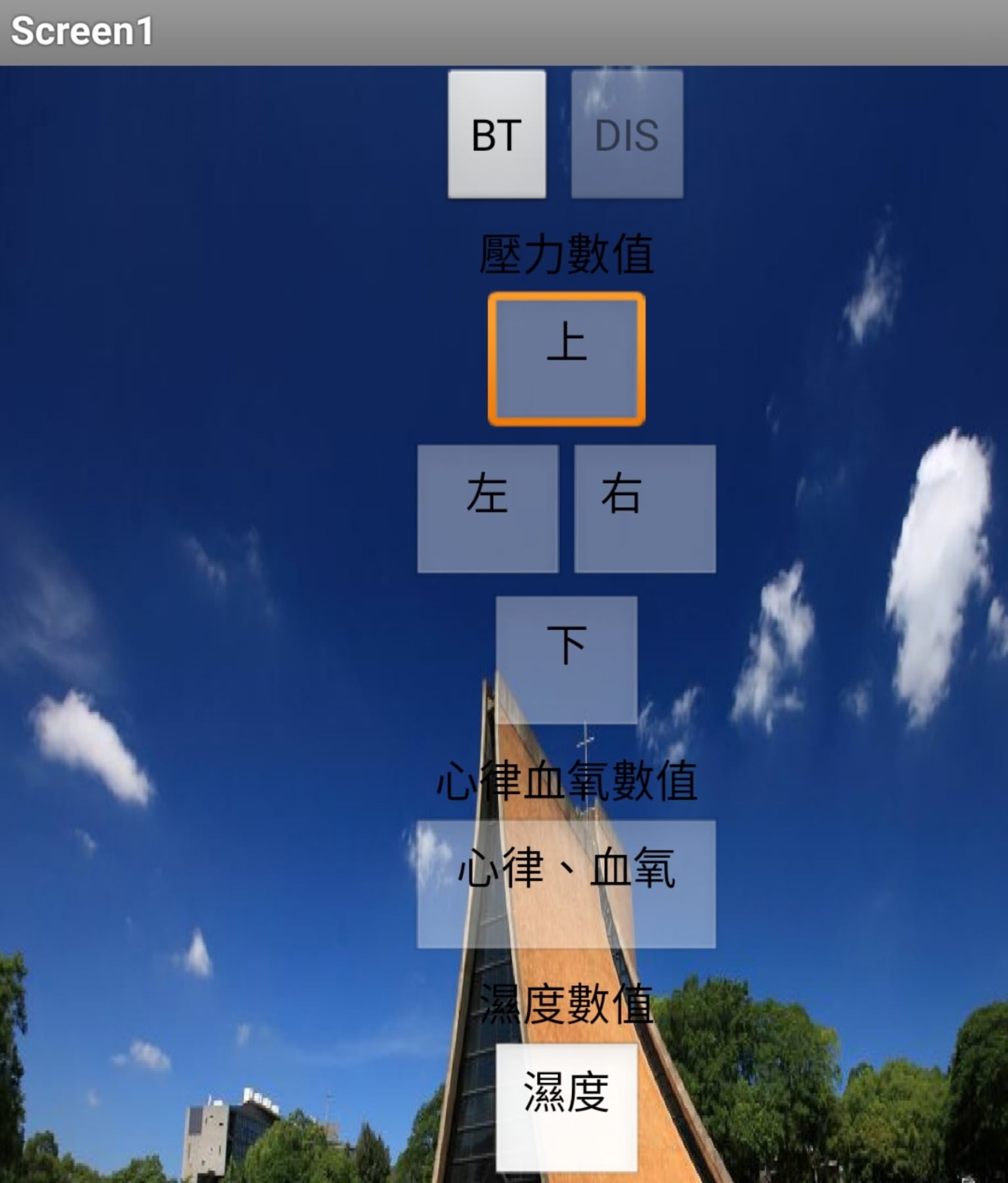Research Topics
微波介電材料之合成及元件應用
Due to the rapid development of mobile communication, mobile telephone systems, and satellite broadcasting systems, the design of high-quality electronic devices is very important. To satisfy this demand, a material should have a reasonably high dielectric constant (εr > 20) to allow size reduction of the component, a low dielectric loss (Q > 5000, where Q= 1/tan ı) in the microwave frequency range, and temperature stability (𝜏f = 0). Small temperature coefficients of resonant frequency ensure the stability of microwave components at different working temperatures. For microwave circuit designs, each dielectric property needs to be precisely controlled. Using two or more compounds with negative and positive temperature coefficients to form a solid solution or mixed phases isthe most promising method of obtaining a zero temperature coefficientof resonant frequency, as reported in our previous reports.
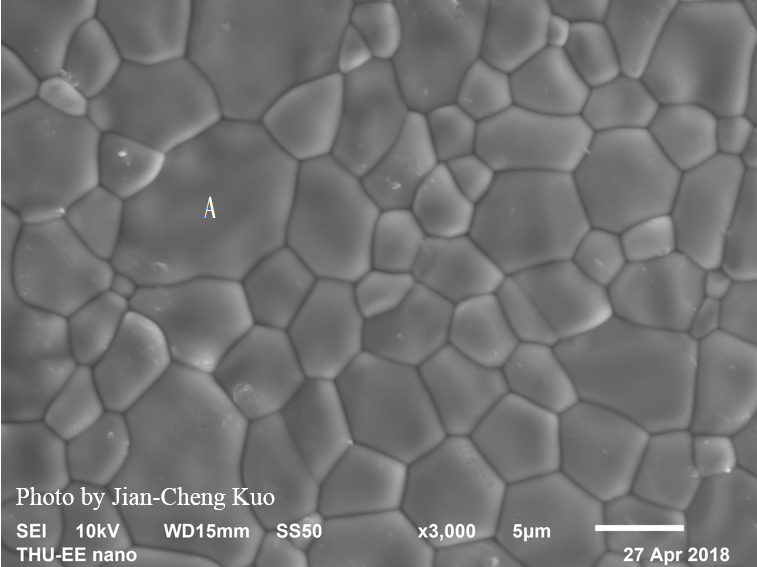
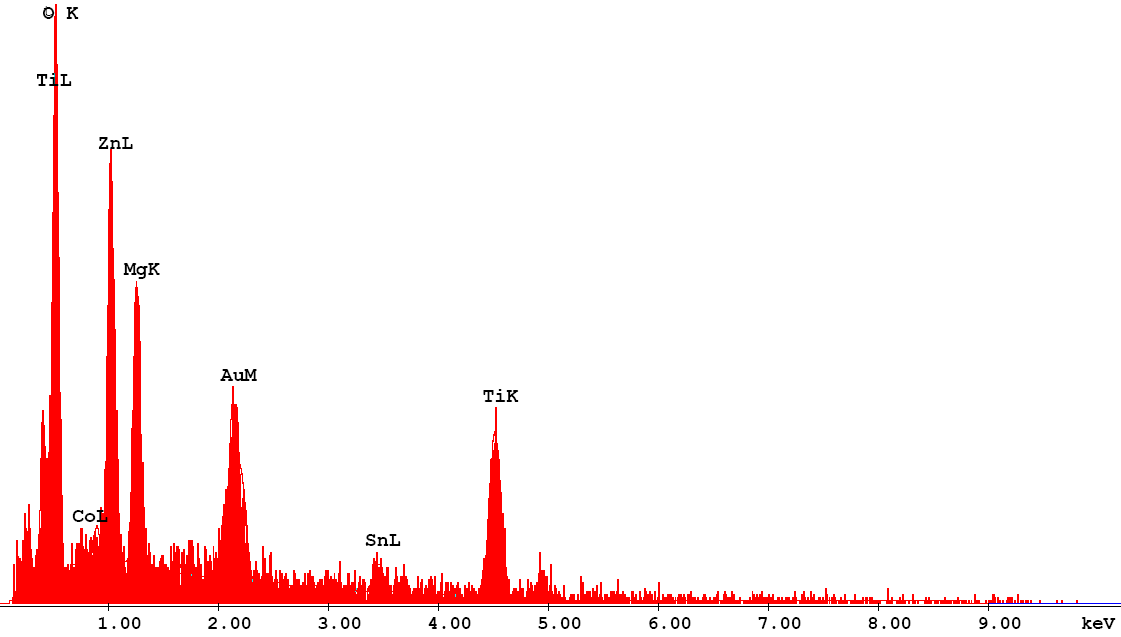
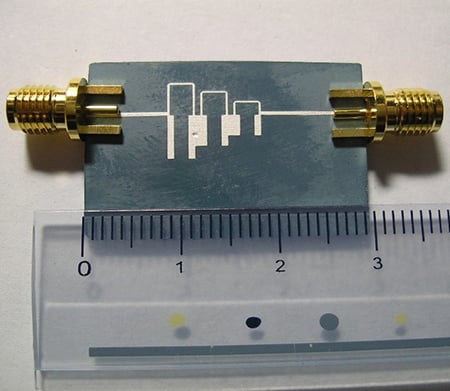

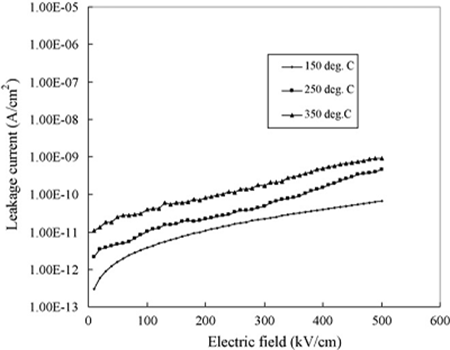

奈米製造技術及其在光電/半導體元件應用
In recent years, several new memory technologies have been developed to address the downscaling issue in conventional random access memory. Among them, resistive switching randomaccessmemory (RRAM) is seen as themost promising technology for futurememory applications. Its simple metal-insulator-metal (MIM) structure makes RRAM easy to fabricate and highly scalable. ZnO nanostructures into organic/polymer layers have been proposed as insulator layers for the MIM structure of RRAM devices because nanostructures can improve the conductivity. Owing to wide direct band gap of and large exciton binding energy at room temperature, ZnO nanorods are application for optoelectronic and semiconductor devices. On the other hand, the potential radiation hardness of RRAM devices has also attracted attention for aerospace and nuclear plant applications

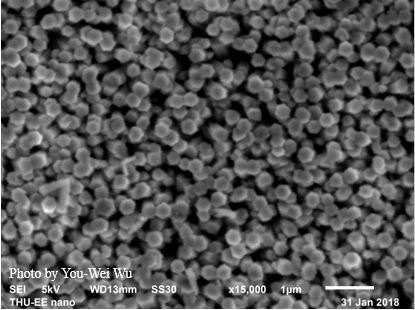
太陽能電池研製及光學量測
Low-cost and high-efficiency solar cells modules are most important for the photovoltaic (PV) industry. For further cost reduction, sometimes material quality will be reduced, resulting in the reliability issue. The initial high cell performance might be kept, but in the long term, reliability may decrease markedly owing to some impurities and defects. Beside the initial efficiency, short circuit current (Jsc), open circuit voltage (Voc), and fill factor (FF), other indices including ideal factor, saturation current, carrier lifetime, carrier diffusion length, and the related loss or recombination mechanisms also play important roles. The effects of material quality, defects, impurities, and related atom diffusion behavior on reliability need to be further investigated. The monitoring and control of device properties during fabrication has increasingly become important for keeping the device performance with better long-term reliability. To further increase efficiency, the loss or recombination mechanism from the optical and electrical points of view is most important. The fundamental details of critical points to ensure good initial performance as well as long-term reliability need to be further clarified and certified.
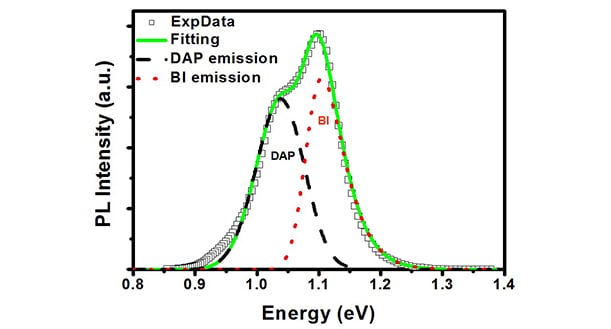

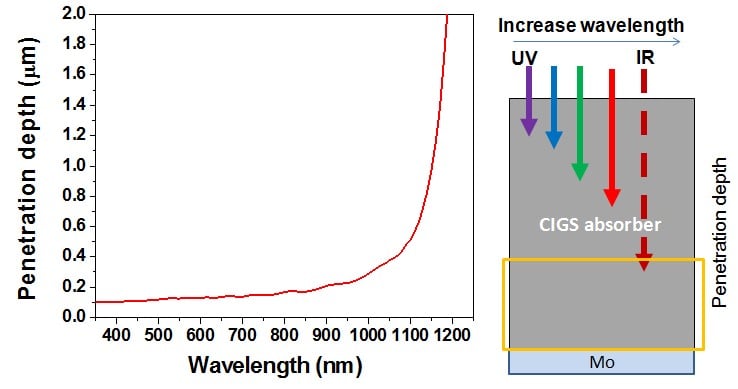
紅外線光感測器及在熱影像應用
Ever since the first observation of the intersubband transition of GaAs/AlGaAs quantum wells, infrared detectors based on this structure have received much interest over the past decades. Due to the mature growth and processing technology, the large scale focal plane array based on quantum well infrared photodetectors (QWIPs) has been demonstrated with high performance. Among them, the superlattice (SL) is another promising structure for infrared detection. Generally, the structure of superlattice infrared photodetectors (SLIPs) consists of a SL and a single barrier whose functions are not only to reduce the dark current but also to act as a bias-tuned energy filter.Because the applied bias is only dropped on the single barrier, the lower bias is needed for SLIP operation and is good for low dark current and low power consumption.
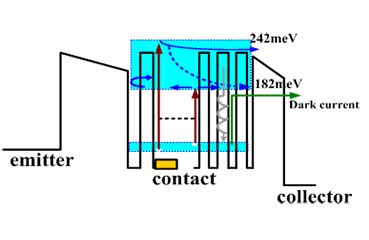
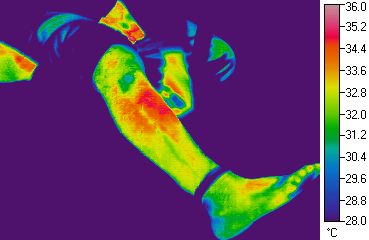
整合壓力感測及即時監控之新穎式呼吸面罩
In normal cases, nursing people can only apply force with a texture strength, because the pressure may be too large (greater than 32 mmHg (2.25psi) and the time of 2 hours or more) and cause early bedsores. Pressure sores are recently very common in the health care. According to statistics, pressure sores prevalence in long-term care facility was 1.9-23.9% (Thomas, 2003), in home care agencies to 0% -17.0% (Lyder, 2008). Pressure sores are therefore urgently needed to be issues of concern.
In this study, thin-film pressure sensor with ultra-thin thickness and ultra-low sensing area was embedded into a breathing mask. The thin-film pressure is made of polyster which is the same materials as clothing and towel and therefore suit for long time touched by skin. We also choose same color (as breathing mask) signal transmission line and connected to an external display screen, which is designed with the time when the pressure points to the skin may be hazardous to patients or signal occurs when the alarm sounds, the last and this coupled with wireless transmission module control computer warning signals transmitted to face pressure to monitor patients' conditions, to provide faster and immediate monitoring.
In this study, thin-film pressure sensor with ultra-thin thickness and ultra-low sensing area was embedded into a breathing mask. The thin-film pressure is made of polyster which is the same materials as clothing and towel and therefore suit for long time touched by skin. We also choose same color (as breathing mask) signal transmission line and connected to an external display screen, which is designed with the time when the pressure points to the skin may be hazardous to patients or signal occurs when the alarm sounds, the last and this coupled with wireless transmission module control computer warning signals transmitted to face pressure to monitor patients' conditions, to provide faster and immediate monitoring.

